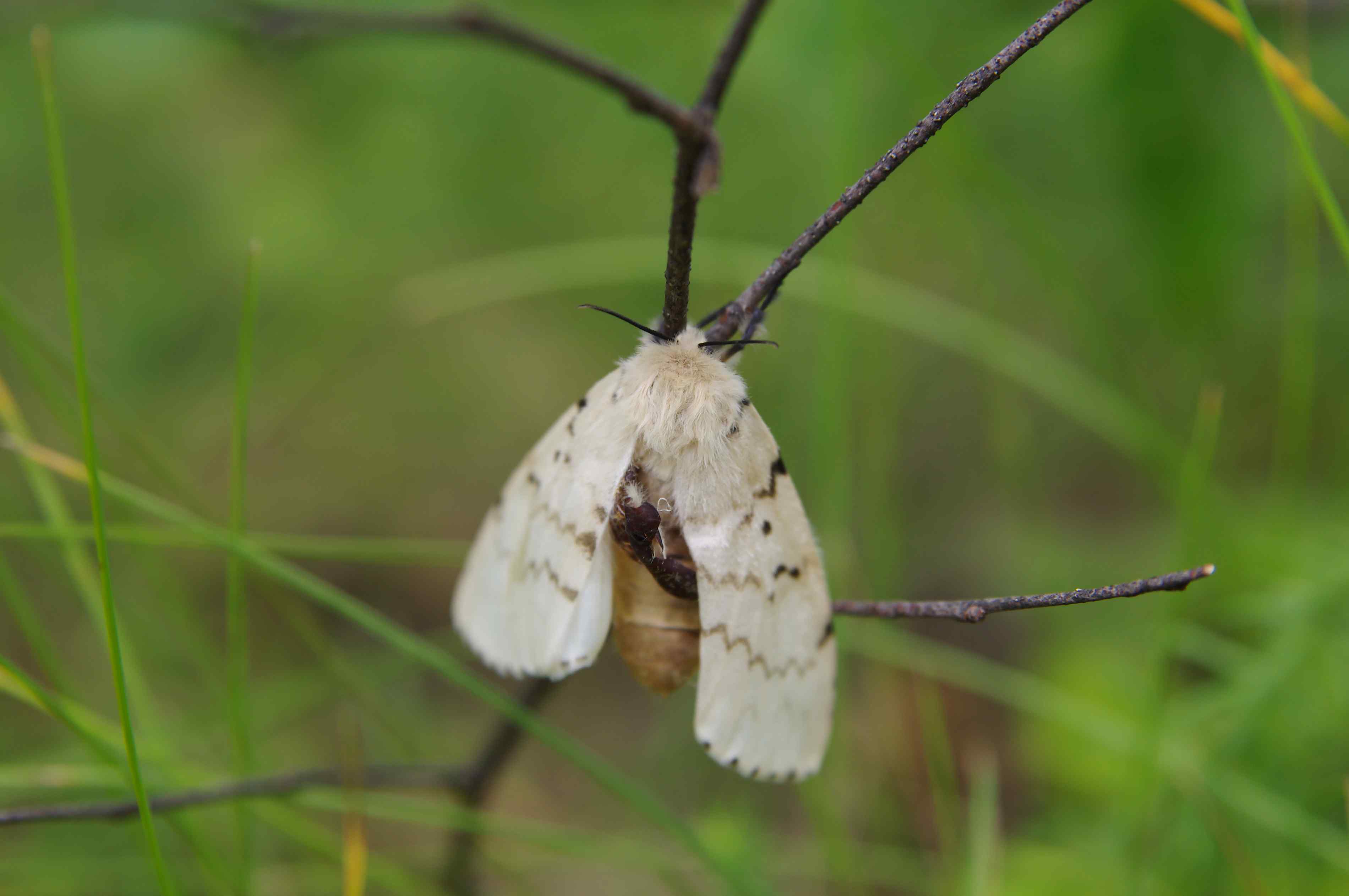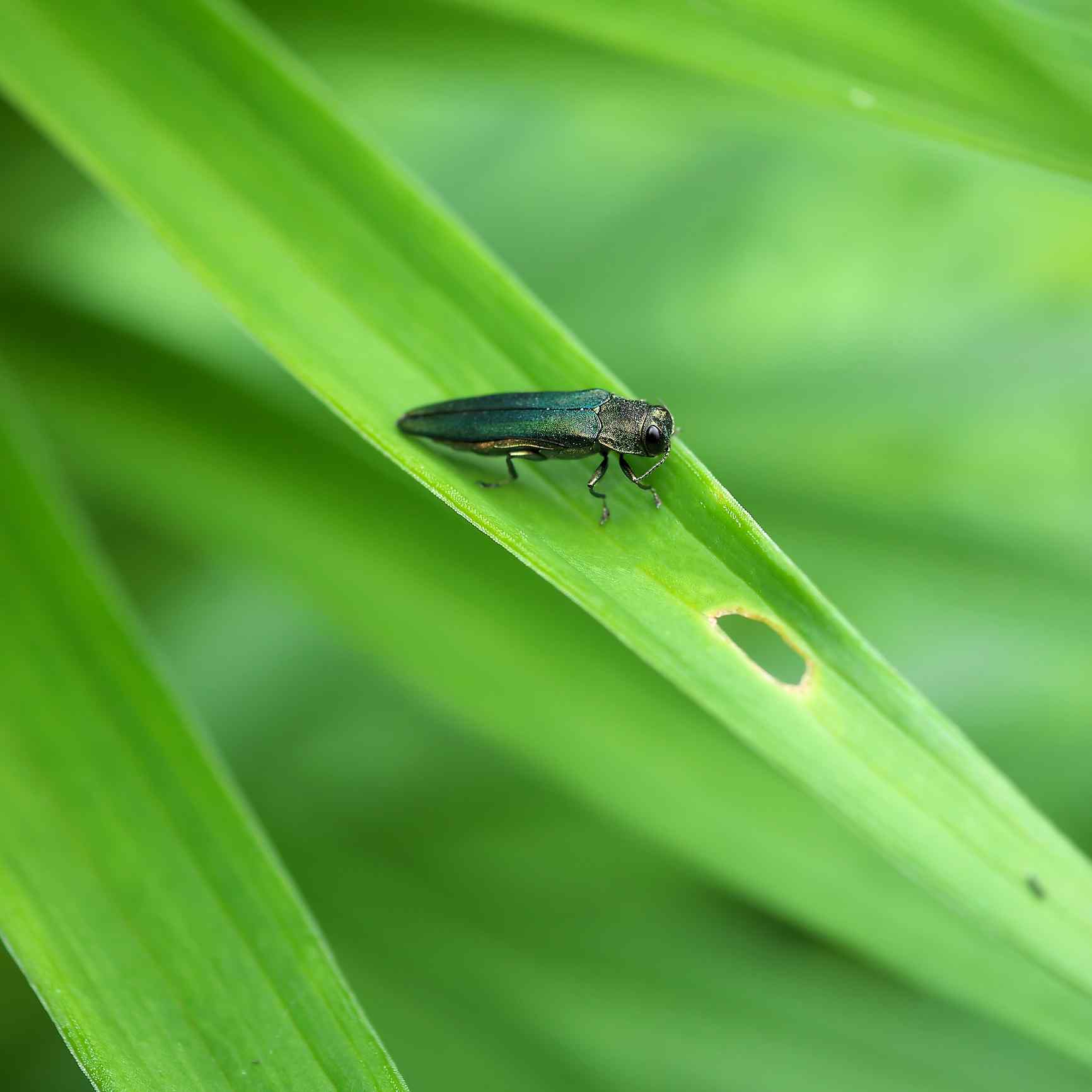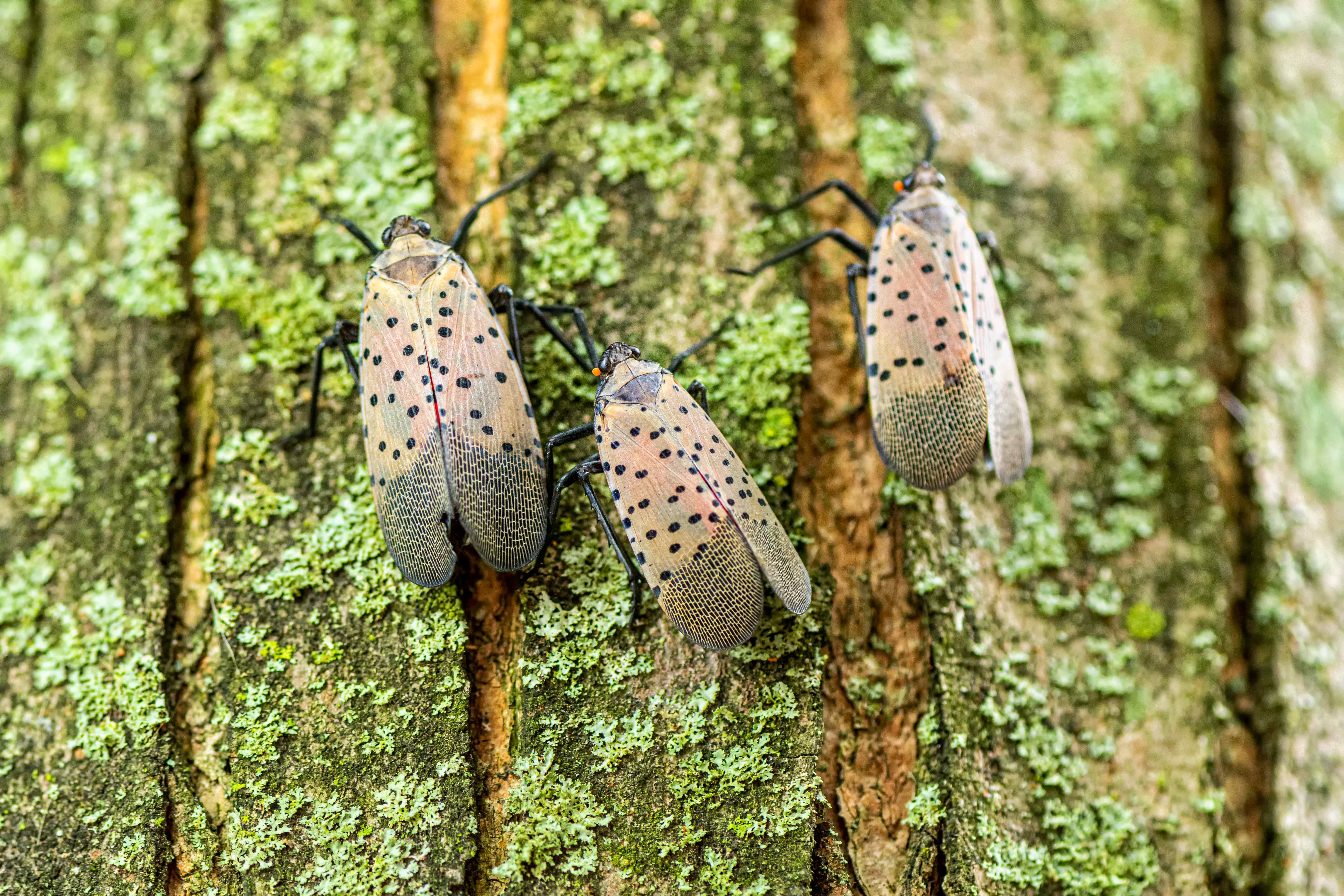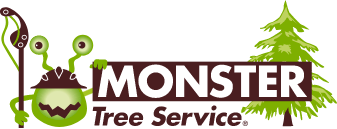With the temperatures dropping more and more each day, many people believe that pests take a break over the cold season, similar to animals that hibernate this season. However, some pests seem to never take a break and can do quite a bit of damage while going unnoticed as people cozy up indoors and aren't keeping a close eye on their trees aside from admiring the beautiful change in foliage.
In this blog, we're providing some insight into a few pests that are still active this time of year. We're also providing details on typical signs and symptoms that you'll want to watch out for to catch a pest invasion before it's too late!
Gypsy Moths:

The Gypsy Moth started its invasion in the Northeast (heavily impacted) and began migrating into the Southeast and Midwest regions, feeding on several species like oaks, willows, poplar, and some evergreens.
While the pest's population varies yearly, it can defoliate trees and shrubs (in the caterpillar stage) entirely in heavily populated years. Over consecutive years of defoliation cause severe decline and possible death. Evergreens will lose their needles and won't re-grow, making the damage quite obvious.
It's crucial to be vigilant to eliminate the pest, as some species (Asian gypsy moths) are active, spreading quickly and threatening healthy plants.
How can you spot gypsy moth infestations?
Keep an eye out for the egg masses. These fuzzy, light brown egg masses are golden brown and are usually found on the trunk, branches, firewood, and other covered areas around the property.
How can you fight an infestation?
Our effective preventative pest treatments are performed by expert arborists that can safely prevent or eliminate the pest and are effective for up to two years.
Emerald Ash Borer (EAB):

The Emerald Ash Borer is an infamously devastating pest to ash trees (killing tens of millions in 34 states). The pests live and feed underneath the outer bark layer, choking the tree of its vital nutrients and water.
It's important to check your bark for the signs mentioned below regularly. Be sure also to keep an eye on your tallest branches to see if any are dying or experiencing significant premature leaf drop this season.
The signs of an Emerald Ash Borer infestation include:
- D-shaped holes in the outer bark
- Excessive "flecking" from woodpeckers
- Dead branches in the upper canopy
- Loss of leaves in the topmost branches
D-shaped holes
These holes are how Emerald Ash Borer larvae (the deadly stage of the EAB for ash trees) eventually emerge as adult beetles.
Woodpecker flecking
This sign indicates excessive populations of pests in your tree as the woodpecker finds and feeds on the pest.
Spotted Lanternfly (SLF):

The spotted lanternfly, Lycorma delicatula, is an invasive species native to Asia. While it was first discovered in Pennsylvania in 2014, it's believed to have been in the country since 2012.
The spotted lanternfly feeds on many species of shrubs and trees, piercing the foliage and bark to extract sap, causing stress on the tree and decline. The pest poses a critical threat to national industries, including grape, fruit trees, and logging.
How to spot an SLF infestation
Raining Tree
Spotted lanternflies suck sap and ingest it, concentrating
it into complex glucose excrements (urine) referred
to as "honeydew" that is clear and sticky. This sticky
liquid falls from the tree, making it appear as though
your tree is raining.
Sooty Mold
The honeydew excretions from the SLF promote a
black sooty mold to grow on the tree, resulting in a
reduction of photosynthesis production.
How to treat SLF
Spotted lanternfly populations can be managed or reduced with the help of our expert arborists through their 2 step approach:
- Tree Removal – We recommend removing 90% of Ailanthus on the property, leaving the remaining 10% as "trap trees" to lure the spotted lanternfly for mechanical and chemical control. We'll help you identify and select the Ailanthus and advise you on post-removal herbicide applications as well.
- Insecticide treatment – Trap trees are treated with bark-applied systemic insecticides to help reduce actively feeding insects in current and future seasons.
This integrated approach to spotted lanternfly management allows our plant healthcare specialist to ensure the execution is done in an environmentally conscious way that yields reliable, long-term results.
These pests might be worrisome, but have no fear, Monster Tree Service is here! No matter the nature or size of your tree or plant health care needs, our team is always here to give you expert-level services and is always happy to partner with you to help you ensure your trees and shrubs are healthy and beautiful year-round.
Call us or book a free estimate directly from our home page today!

